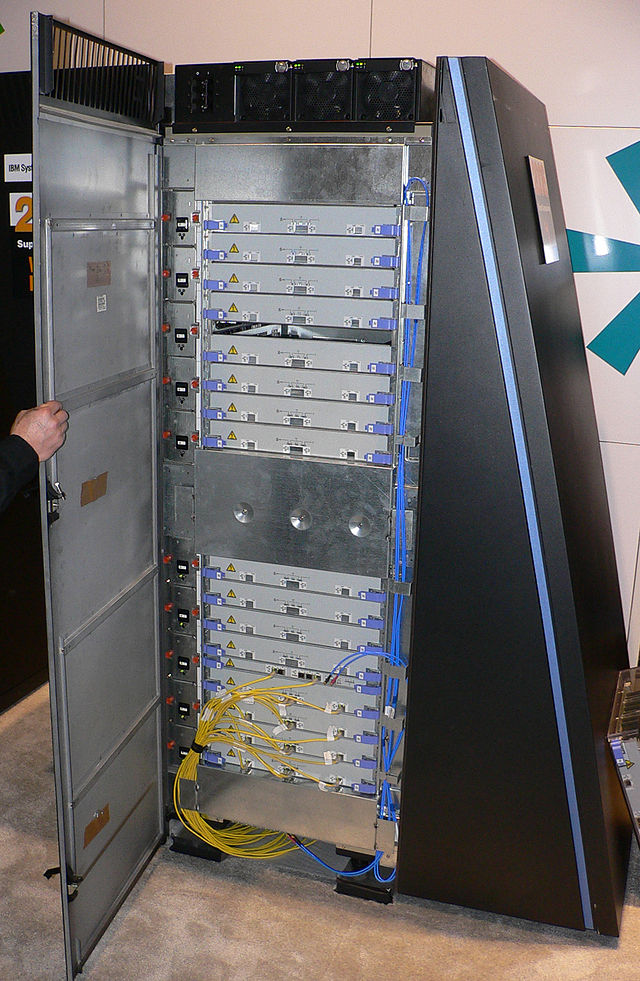Loading AI tools
Parallel computing is a form of computation in which many calculations are carried out all together, run on the principle that large problems can often be divided into smaller ones, which are then solved concurrently. There are several different forms of parallel computing: bit-level-, instruction-level-, data-, and task parallelism. As power consumption by computers has become a concern in recent years, parallel computing has become the dominant paradigm in computer architecture, mainly in the form of multicore processors. Parallel computers can be roughly classified according to the level at which the hardware supports parallelism—with multi-core and multi-processor computers having multiple processing elements within a single machine, while clusters, MPPs, and grids use multiple computers to work on the same task. Parallel computer programs are more difficult to write than sequential ones, because concurrency introduces several new classes of potential software bugs, of which race conditions are the most common. Communication and synchronization between the different subtasks are typically one of the greatest obstacles to getting good parallel program performance. The speed-up of a program as a result of parallelization is given by Amdahl's law.
Wikiwand in your browser!
Seamless Wikipedia browsing. On steroids.
Every time you click a link to Wikipedia, Wiktionary or Wikiquote in your browser's search results, it will show the modern Wikiwand interface.
Wikiwand extension is a five stars, simple, with minimum permission required to keep your browsing private, safe and transparent.
